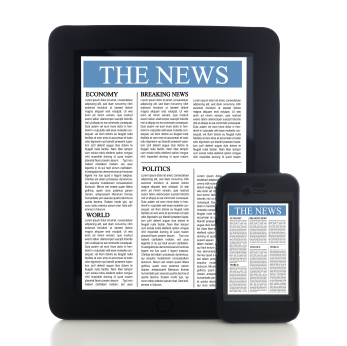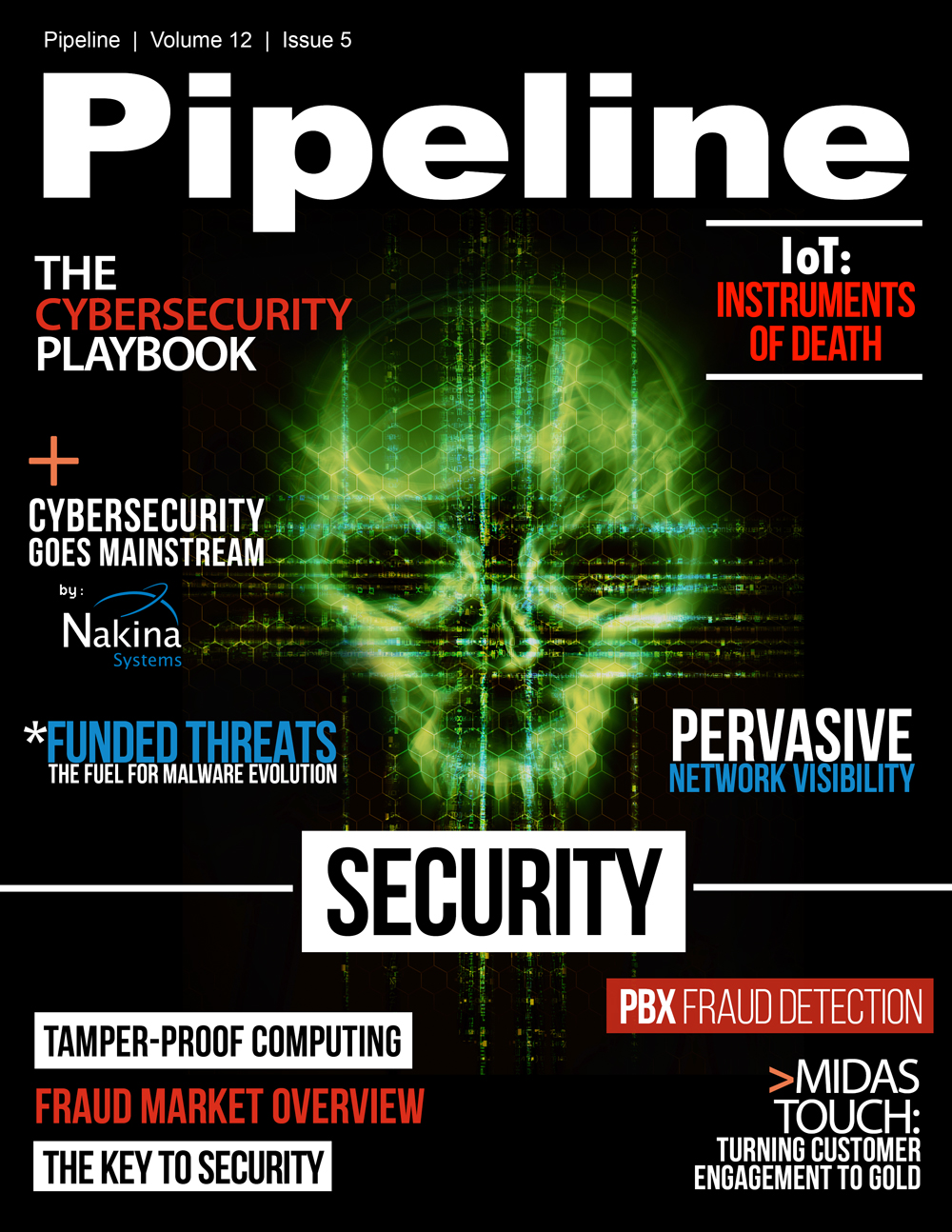Monthly News Digest - November 2015

Mobile Innovations
In mobile innovation news, LG announced the LG Watch Urbane 2nd Edition LTE, the first Android Wear smartwatch to feature cellular connectivity, will begin rolling out to customers worldwide starting this month in the United States and Korea. The watch is available in the U.S. online via AT&T and Verizon for pre-orders; and key markets in Europe, Asia, and the Commonwealth of Independent States is planned in the months ahead.
In related news, a new study from Juniper finds shows that tech brands dominate the coolest wearable brands, according to a recent survey with 75% preferring Apple or Samsung. Apple was voted the coolest brand, coming in at #1, followed by Samsung at #2 and Google at #3.
Juniper also released research on the rise of eSports this month, and the apparent transition from game counsels to mobile devices. The study, titled Digital Games: eSports 2015-2020, predicts that eSports will see viewership levels of 313 million by 2020, up from 133 million this year. By comparison, 2020 will see eSports surpass the viewership levels of the NFL tournament, which had 220 million unique viewers in 2014, to move closer to the viewership figures of Formula 1 racing, which has over 400 million global viewers.
According to the study, smartphones and tablets present the greatest potential user base for eSports the games market. Juniper has found that a combined 3.1 billion smartphones and tablets will be operational by the end of 2015; mobile games are forecast to be an ever growing proportion of the total games market in terms of revenue.
In related news, the Media Rating Council (MRC) issued an industry update this month related to the mobile viewable impression measurements. Since issuing the Interim Guidance on Mobile Viewable Impression Measurement in May 2015, the MRC has led several significant efforts to further the development of the final guidelines.
In Germany, Continental, Deutsche Telekom, Fraunhofer, and Nokia Networks successfully demonstrated real-time Vehicle-to-Vehicle (V2V) communication on the Autobahn. The exercise demonstrated how vehicles on the motorway can share hazard information using the LTE network, in this case that of Deutsche Telekom. The test shows transmit speeds between vehicles of less than 20 milliseconds which can be used to communicate accident and road hazard information, prevent traffic jams, and give rise to many other new V2V innovations.
This month TracFone announced that it has partnered with the National Health IT Collaborative for the Underserved (NHIT) to support President Obama's "Advancing Health Equity through Precision Medicine Tools" Challenge (www.PMIChallenge.org) in the U.S. The Challenge is an undertaking of the National Health IT Collaborative for the Underserved (NHIT Collaborative) to:
- Address the precision medicine needs of people in underserved and medically underserved communities;
- Facilitate participation of people from underserved and medically underserved communities to the precision medicine cohort; and
- Promote the use of open health platforms to expand the breadth, depth and interoperability of digital health tools and associated data to support the Precision Medicine Initiative.
TracFone, the largest provider of wireless Lifeline services in the United States, provides Safelink wireless service to 4.5 million U.S. households. Additionally, nearly two million Medicaid recipients in 26 national Medicaid health plans since inception have benefited from free cell phone service and mobile health information through TracFone's Safelink Health Solutions, a groundbreaking initiative of the federal wireless Lifeline program.
In France, Alcatel-Lucent announced commercial deployment of a multi-standard, residential small cell for 3G and 4G LTE connectivity. The Alcatel-Lucent 9961 Multi-Standard Home Cell (MSHC) introduces high-performance 4G LTE coverage for voice (VoLTE) and data services into the home while also providing support for the still-large embedded base of 3G-based devices. At the same time, it provides users seamless mobility with the macro network as they move outside the home. The MSHC help mobile operators extend coverage and enhance quality of service by extending their 3G/4G LTE networks inside homes due to the growing demand from rich voice, data, and video services.


















